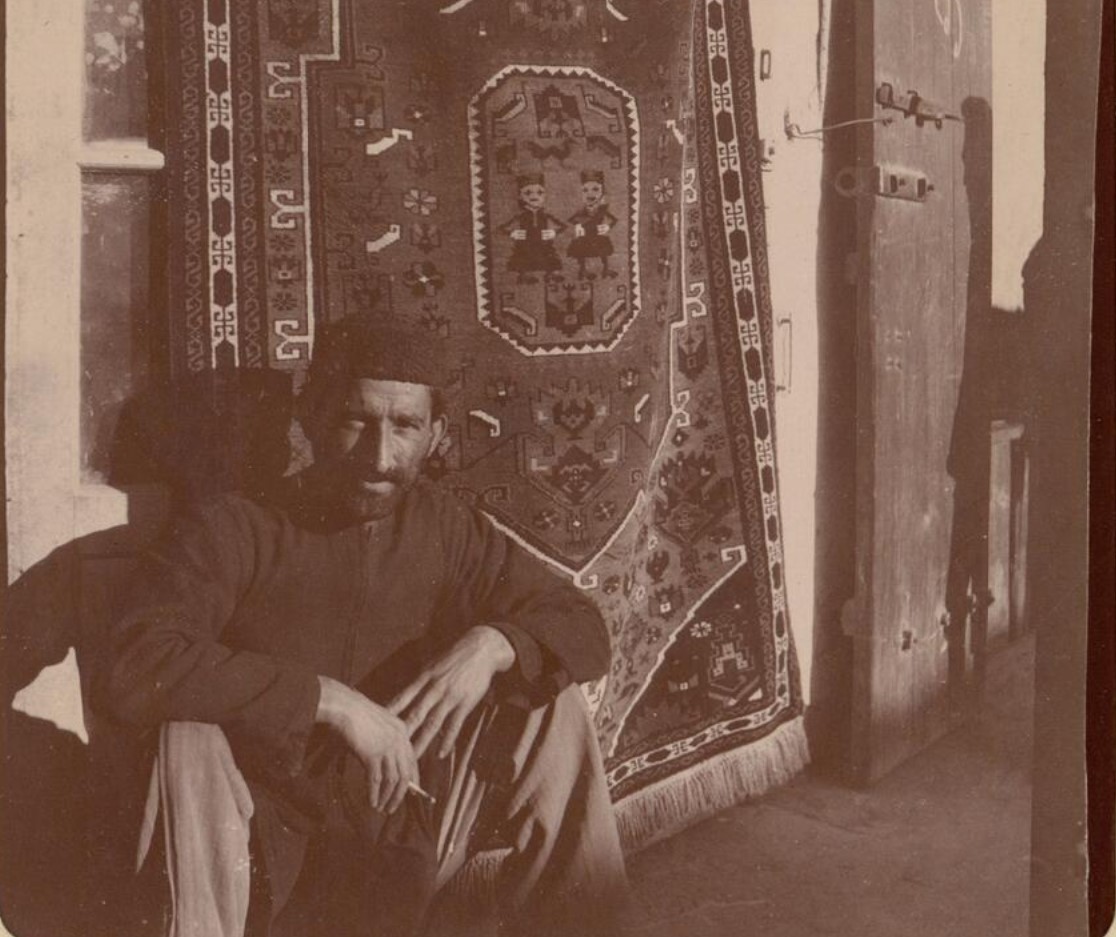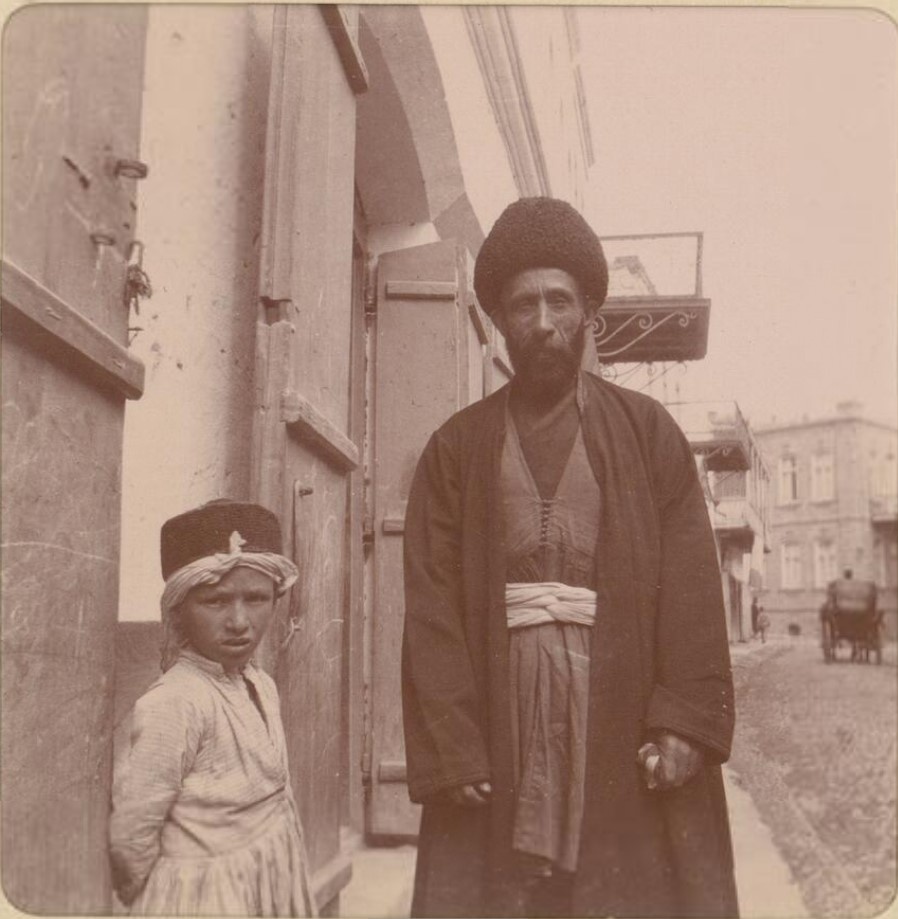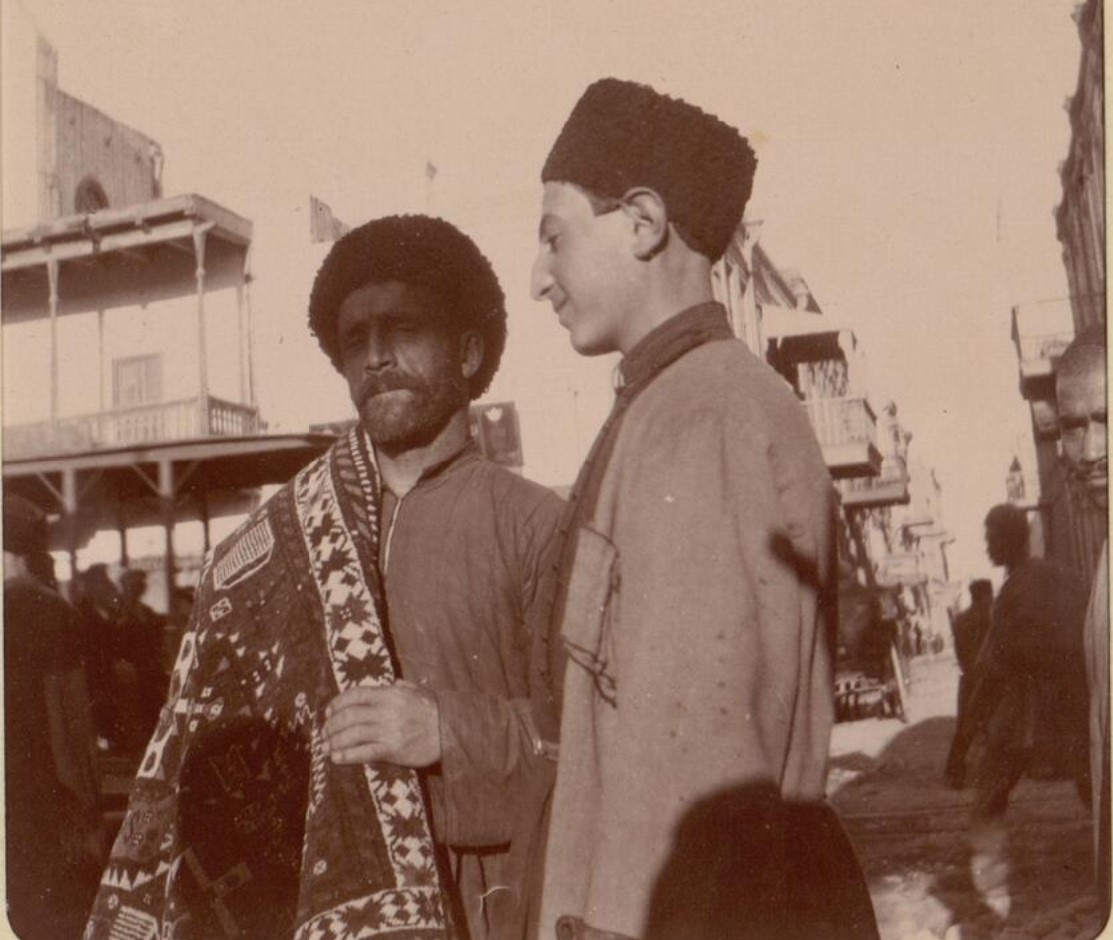1/ Are you up for a walking tour? Please follow me! “City of winds”, “Paris of Caucasus”, “City of Ali and Nino”, or the lowest lying capital of the World are the nicknames for #Baku, the largest and biggest city in #Azerbaijan and South #Caucasus
2/ Events such as #Eurovsion 2012, annual #Formula1 #GrandPrix, 2019 UEFA Europa League Final, or UEFA EURO 2021 has been bringing more popularity and attracting more tourists to the city.
3/ But who would know? Due to the global covid-19 pandemic, you all stuck in your houses, and are being unable to travel to #Baku. But rest on your back and relax. I will be your private guide to Baku. First, let me take you to the most historic core of Baku.
4/ The most historic quarter of modern #Baku is called Ichari Shahar (aka Inner City or Old Town) and its #UNESCO World Heritage site. There were a dozen of quarters called as #mahalla. Mahallas were organized with oriental and Islamic concept of urban space
5/ Mahallas were made of a mosque, a bath, a bazaar square & houses. The population of mahallas would have different socio-political class composition, hence their names Nöyütçülər-Oilmen, Gəmiçilər-Sailors and so on.
6/ It had a population of 7400 in the 1860s. The absolute majority were Muslims. The city was limited within the Fortress Wall that was originally built in 12th cent by the Shirvanshah Manouchehr III.
7/ The inscription stone reads "City Tower building was ordered by magnificent melik, scientist, fair, triumphant, prosaic, mujahid, and the state of religion, the stronghold of Islam and Muslims, the largest Khagan, the Shirvanshah Abulhija Manouchehr bin"
8/ This is to say that Ichari Shahar is a nominal name given to the historic core when Baku started to expand beyond its natural boundaries in the late 19th and early 20th century. Ichari Shahar was Baku itself.
9/ Here is the earliest image of Baku drawn by Engelbert Kaempfer in 1683. Baku was under Safavid rule.
10/ Here is Baku from the plan of Russian attack in 1723 and 1769 drawing by Samuel Gottlieb Gmelin. Baku was under the rule Nadir Shah of Persia and later Baku Khanate, a semi-independent polity under the Persian Suzerainty.
11/ Here is Baku in 1806 and 1843 as the provincial town of Shamakhi Governorate under Imperial Russian Rule.
12/ Here is an amphitheatrical photograph of Baku circa 1900s, capital of Baku Governorate since 1860 under Imperial Russian rule until 1917. Photo: Karl Wilhelm Hagelin
15/ Ichari Shahar had two entry gates: Shamakhi (blue) and Salyan (red) Gates. It’s called Shamakhi Gate because roads from the gate led people to Shamakhi, capital of the Shirvanshahs. Shamakhi Gate is now known as Double Gates in popculture, why?
16/ Ichari Shahar was walled on all sides and had two fortress walls: lower outer wall and higher inner wall. They all were defensive fortification of the city. See images of both walls from the 1880s below. Also, see the previous old images.
17/ Fortress walls were also supported with two moats. The front moat would be filled with water. The moat in between of the two fortress walls would be filled with oil during a military attack. Enemy trapped in between two walls would be set into fire.
18/ Hence the old saying “You must walk through water and fire to enter the city”
19/ Eventually, Baku became capital of Governorate after the earthquake devastating Shamakhi in 1860. Since then it was getting bigger in terms of population, territory & economy. The City Council would see heated debates on how the process should be managed.
20/ One of the suggestions proposed to solve the challenges was to demolish the fortress walls. Initially, the section of the fortress wall overlooking to the Caspian Sea was demolished in the 1860s.
21/ Later, the lower outer wall, too, was torn down in the 1880s as the bid for demolition passed in the City Council. Luckily, the Gate (aka Zulfugar Khan Gate) of the out wall was saved by relocating or reconstructing to next of the Gate (Shah Abbas Gate) in the inner wall.
22/ See the view of the Gate in the outer Wall in the 1880s, which was reconstructed by the order of Zulfugar khan in the early 17th century.
23/ So once Shamakhi Gate was two gates standing back to back, now they are two gates standing shoulder-to-shoulder, hence Double Gates (Gosha Gala Gapilari). See image below left Zulfugar Khan Gate, right Shah Abbas Gate.
24/ That is it about the main entry gate of Ichari Shahr. Next stop will be at the Maiden Tower.

 Read on Twitter
Read on Twitter



















